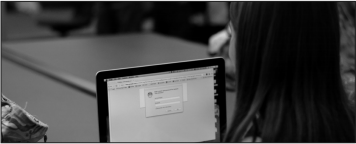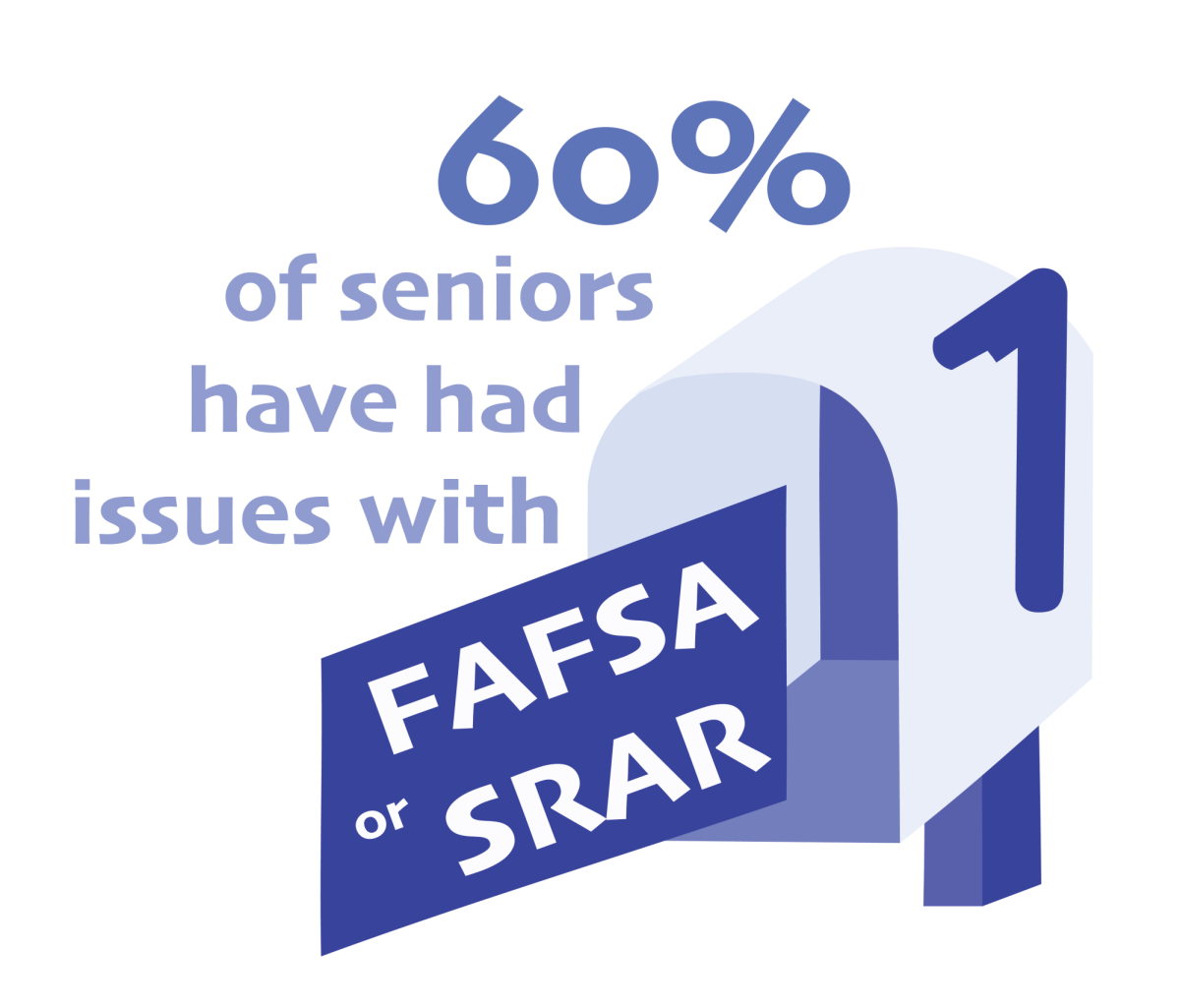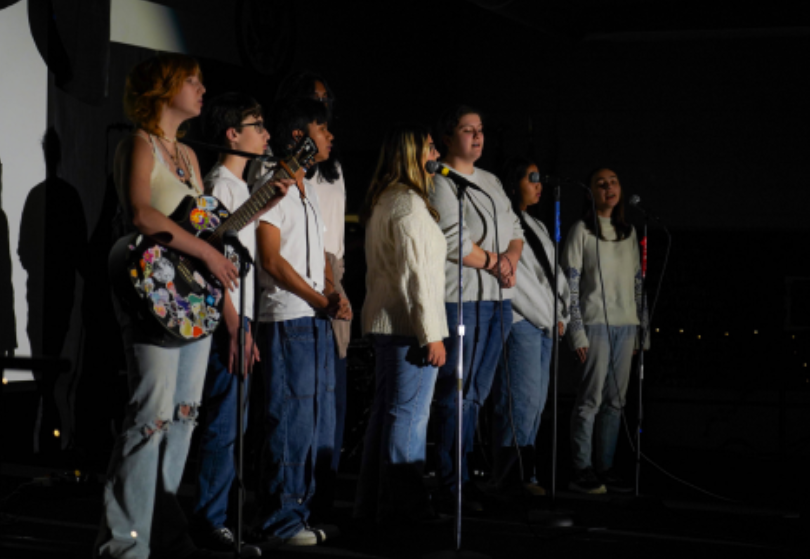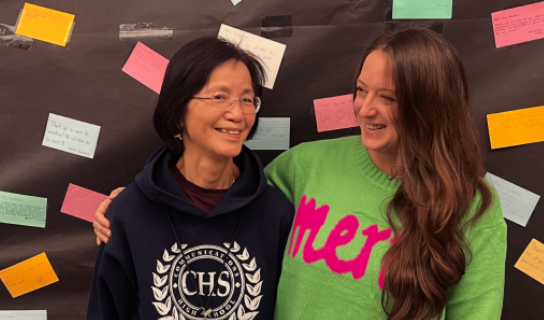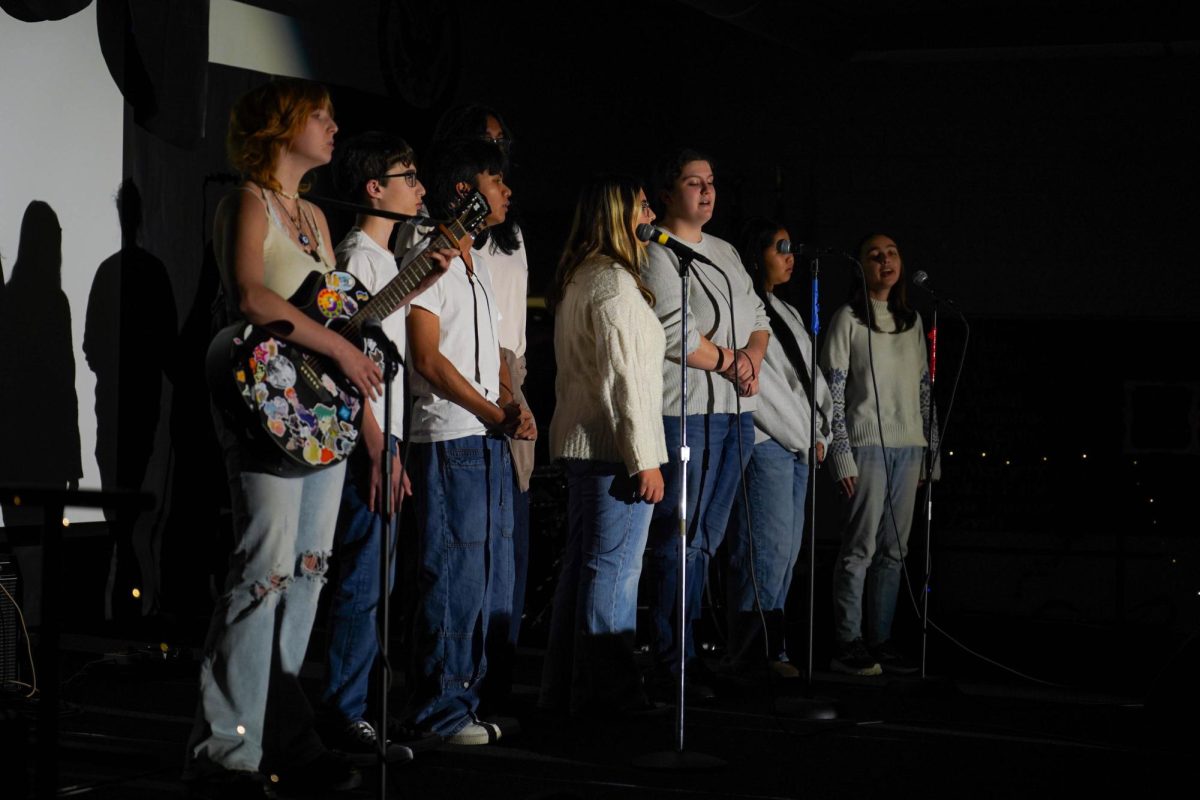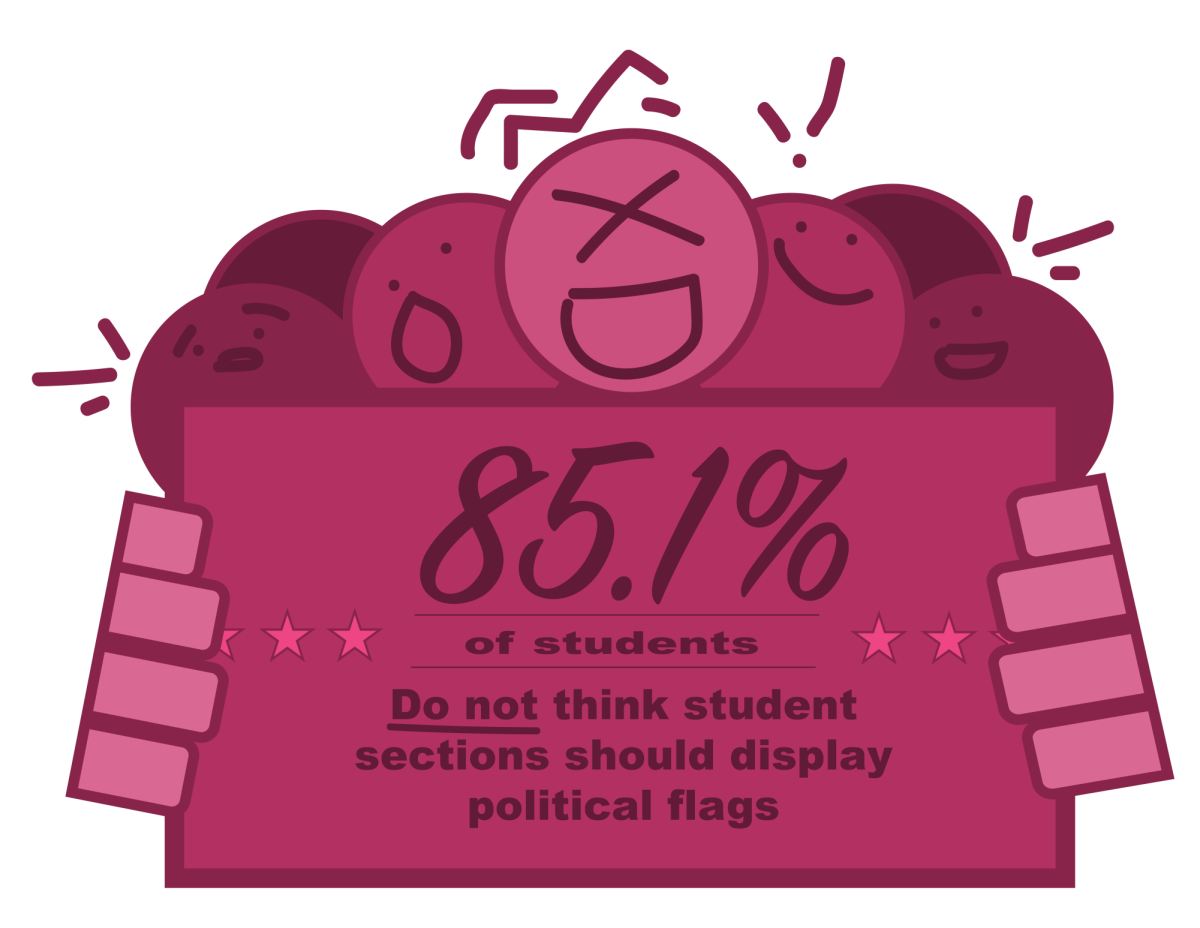February 21, 2014
BY TYLER PALEY – The clock struck 9 a.m. on Thursday Dec. 19, just two days before winter break. CHS students discovered that the Wi-Fi connections on their phones, tablets, laptops and other devices were terminated. Since that morning, students have not been able to access the school’s network.
Not that they ever had a right to. Some student or students got passwords for the Wi-Fi network years ago, and as of late January, 63 current students were on the network with their personal devices, according to an Inkblot survey.
That will change by September if all goes well, said Christopher Widmer, the director of technology for MCVSD. He said that the district was already searching for a service provider to install a guest network for student and faculty access at many of the schools in the district.
Only 39 percent of schools nationwide have a wireless network for students, according to a study cited in The Atlantic.
The MCVSD student handbook states that personal computing devices are permitted to be used on MCVSD property. Students use their devices for editing films or commercials, using pre-downloaded software or typing an essay.
But, the handbook also states that students are not permitted to access the school’s wireless network “for security reasons and to prevent the disruption of the educational process.”
After students lost access to the Wi-Fi, some began to speak openly about the ne-
cessity of Wi-Fi access in school.
When senior Jillian Furchak of Manalapan found out that the Wi-Fi was taken down, she responded with shock.
“Students need internet access to do a lot of their work,” Furchak said. “It’s crazy that I can get more work done in a Starbucks than in my school building.”
For senior Billie Haas of Deal, it came down to simple dollars and cents. Her family’s personal data usage went up on their cell phones when the Wi-Fi went out. Both Haas and her sister Sallie attend CHS.
“For a school that is so technology focused that has students constantly using personal devices to work on projects and classwork, visiting college related sites like the Common Application and Naviance, checking on their grades through Powerschool, and more, I don’t see very many reasons at all why withholding the Wi-Fi access passwords is such an issue, ” Haas said.
A large population on the network may slow down the speed, MCVSD officials said.
Of the 135 students who responded to an electronic survey sent out to all students on Jan. 26, 47 percent said they had Wi-Fi access up until Dec. 19, and 90 percent of those who had access said they gained the credentials, which were separate from faculty access, from a fellow student.
In an era of massive technological advances and innovations, the fact still remains that the majority of public schools in the United States still go without any wireless network access, let alone a designated one for students.
According to a November article in The Atlantic, only 39 percent of public schools nationwide have a school-wide wireless network.
That could change soon. In June, President Barack Obama began an initiative known as “ConnectED.” The official White House fact sheet on the program said that within five years, 99 percent of America’s students will receive high-speed wireless access in their schools and libraries.
On Feb. 4, President Obama announced that the Federal Communications Commission will invest $2 billion over the next two years on Internet connectivity in schools and libraries. Another $750 million has been committed by private-sector companies including Apple and Microsoft.
“In a country where we expect free Wi-Fi with our coffee, shouldn’t we have it in our schools?” President Obama said.
Multiple calls were placed to the office of Joseph Passiment, the interim executive superintendent of Monmouth and Ocean counties, but his secretary said he was unavailable for comment.
New Jersey Department of Education spokesperson Richard Vespucci said state law mandates that all schools must give students Internet access, but not necessarily for use on personal devices. However, Vespucci said that if community members disagree with their school district’s policy on internet usage, they can petition the board for a redress of the policy.
But it will still contain filters, he said. The district must maintain filters on all networks to receive federal and state funding, in accordance with the Children’s Internet Protection Act of 2000.
“We are currently working on a network, kind of like Starbucks,” Widmer said. “It will not be on the district network, it will be totally separate,” he said.
Widmer said potential security and bandwidth issues are the primary reasons MCVSD does not allow students to access their network.
“We don’t have the desire to have students on the same network. We would rather focus on spending money on district tools,” he said.
The district technology department hopes to have the guest network in place at CHS by September, he said, but it is not guaranteed.
Widmer also said that his technology group was the one to terminate access to the now-defunct student network.
“We have to enforce the policy. We took all the black laptops, set them up on a new network and changed the network settings,” he said.
Students surveyed said a common concern was that teachers required them to use their own personal devices in class for work and projects, despite the block on access to school Wi-Fi.
Of those who responded to the survey, 81 percent said they were asked at one point or another to use their personal computing devices in class by a teacher.
Senior Sammi Mustari of Hazlet was one of the students to respond to the student survey with a call for universal student Wi-Fi access.
“You would think a school that runs on an email system, basically like a business, would understand why students should have access to the internet on school grounds,” Mustari said.
If all goes as planned, the current senior class will be the last to say Starbucks is a better place to do schoolwork than school itself.



